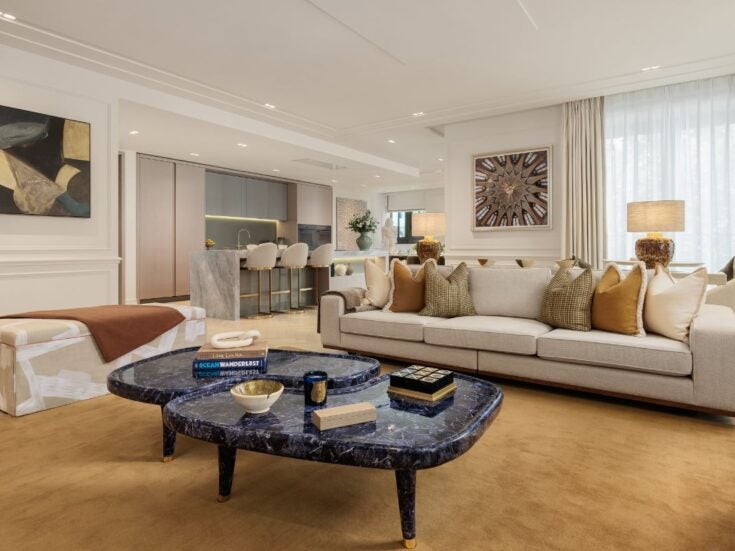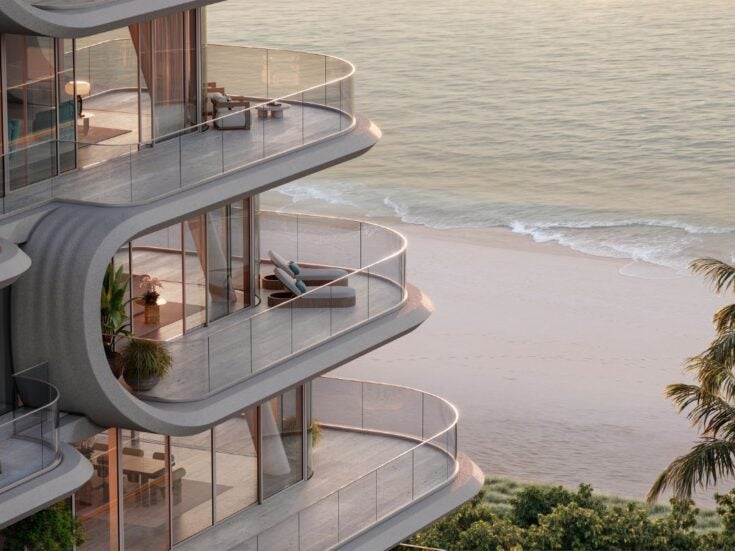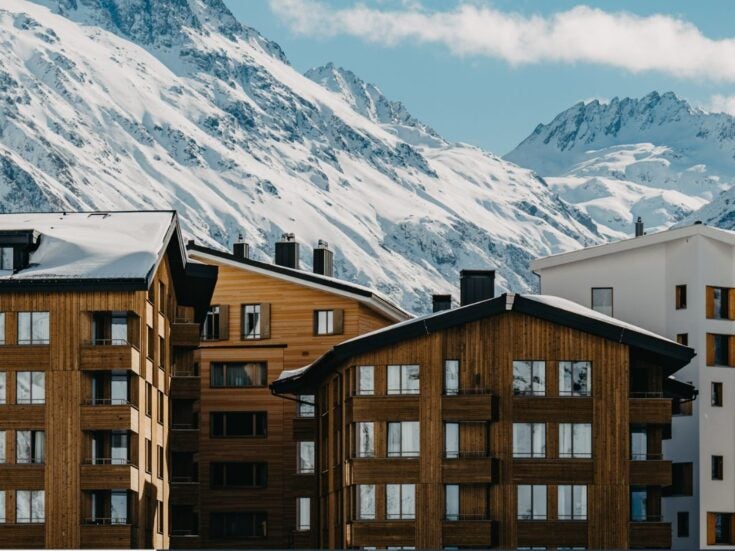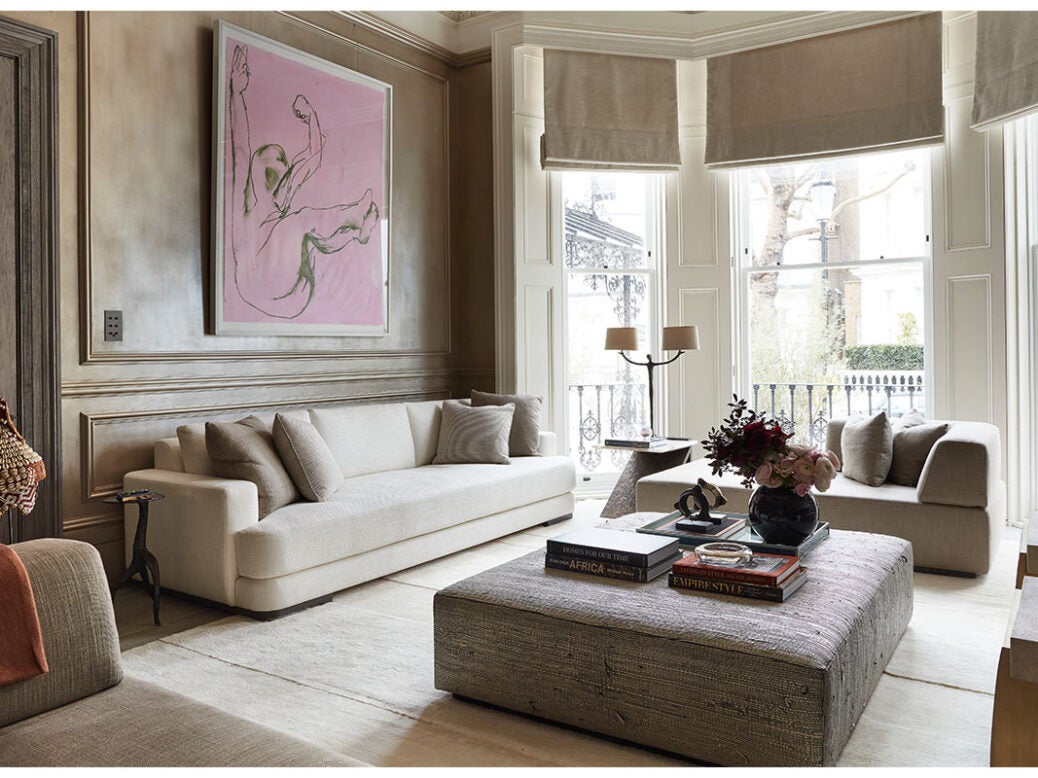
Sustainability, smart homes and branded residences – these are among the biggest trends shaping architecture and interior design, according to leading experts.
To mark the launch of the Spear’s Home & Design Index 2024, three advisers from the Spear’s network – one architect and two interior designers – shared their insight into the factors shaping the projects of their high-net-worth clients.
A desire to be closer to nature, to ‘future proof’ properties, and to build in an environmentally-conscious way is changing the types of materials and finishes selected for projects. The effects of the Great Wealth Transfer to millennials and Gen-Z is also having an impact: these younger high-net-worth clients favour flexibility in their space and seek easy living – hence the rise in popularity of branded residences and turn-key homes with high-end amenities.
- See also: Spear’s Architects Index 2024
- See also: Spear’s Interior Design Index 2024
- See also: Spear’s Landscape Gardeners Index 2024
Simone de Gale, founder Simone de Gale Architects
Simone de Gale’s eponymous studio counts high-earning professionals, entrepreneurs, executives, and inheritors of substantial wealth among its HNW client base. She identifies sustainability, wellness and the integration of nature, smart homes and privacy and security among the biggest trends shaping super-prime architecture and design.
Read the full profile on Spears500.com
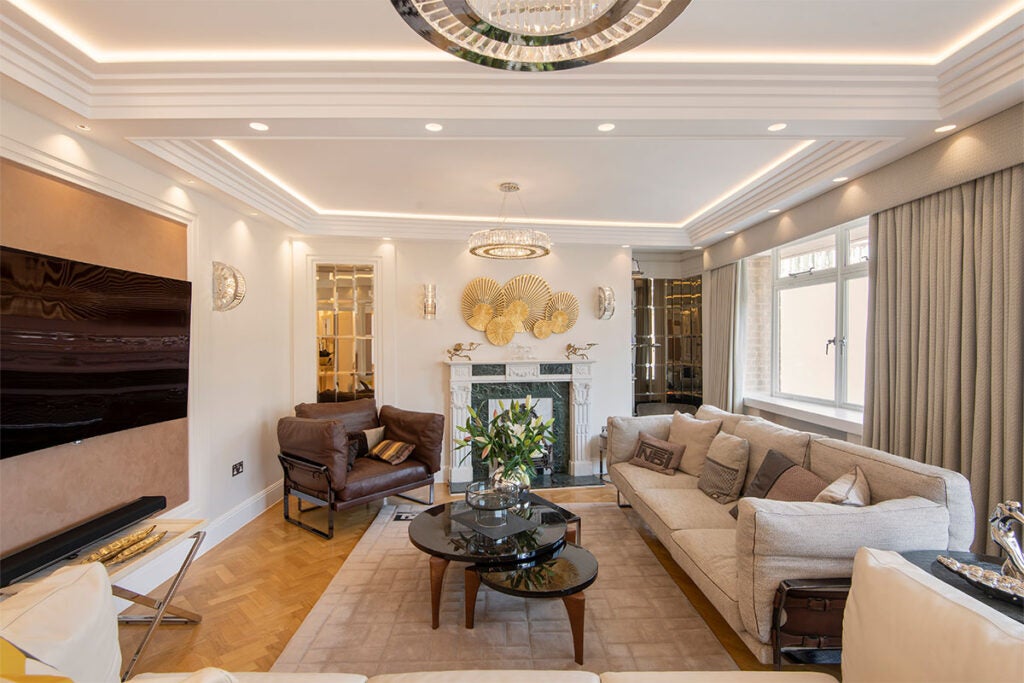
The influence of the Great Wealth Transfer
There’s a noticeable trend of younger clients exerting more influence in the architecture industry, especially within the prime and ultra-prime residential sector, coinciding with the broader observations of the Great Wealth Transfer. Urban living and accessible amenities hold particular appeal for many younger affluent individuals, driving the integration of urban amenities within residential projects, including rooftop gardens, fitness centres, and co-working spaces. Flexibility in living spaces has also become a priority, reflecting evolving lifestyles and work habits, with a preference for multi-functional rooms, convertible furniture, and open floor plans to accommodate various activities seamlessly.
[See also: Why the Great Wealth Transfer will be a dangerous time for global capitalism]
Contemporary design aesthetics are also favoured among younger clients, characterised by clean lines, minimalist aesthetics, and the integration of modern technologies, reflecting their forward-thinking sensibilities with tech integration playing a significant role. Younger clients are displaying a greater interest in incorporating smart home technologies and sustainable building practices into their residences.
Homes of the future

Adaptive reuse and retrofitting are emerging as significant strategies in response to urbanisation, sustainability concerns, and historic preservation efforts within cities. There is a noticeable increase in interest in repurposing underutilised structures, such as warehouses, factories, and parking garages, for new purposes.
In addition, virtual and augmented reality technologies are expected to revolutionise the architectural design process, providing immersive visualisation and interactive experiences for architects, designers, and clients
There is a growing emphasis on cultural diversity and inclusivity in design practice, reflecting contemporary societies’ multicultural identities and social dynamics. This can involve celebrating local heritage, integrating inclusive design principles, and creating spaces that accommodate diverse user needs and experiences.
Resilient design is gaining traction as well, driven by the need to address the increasing frequency of extreme weather events and the impacts of climate change. We can see an emphasis on designing buildings and infrastructure that are more resilient to natural disasters, such as floods, hurricanes, and wildfires, through elevated structures, flood-resistant materials, and adaptive building systems.
Offsite construction and prefabrication methods are also becoming increasingly prevalent as solutions to housing shortages, construction waste reduction, and efficiency improvement. Leveraging modular construction techniques, prefabricated building systems, and digital fabrication technologies; these approaches streamline the construction process whilst enhancing project delivery speed and quality.
Charu Gandhi, founder of Elicyon interior design studio
Clients are seeking multi-generational spaces and flexible living arrangements, according to Charu Gandhi. Gandhi notes branded residences are becoming increasingly popular with high-net-worth clients as they provide luxury and access to hotel-standard facilities.
Read the full profile on Spears500.com
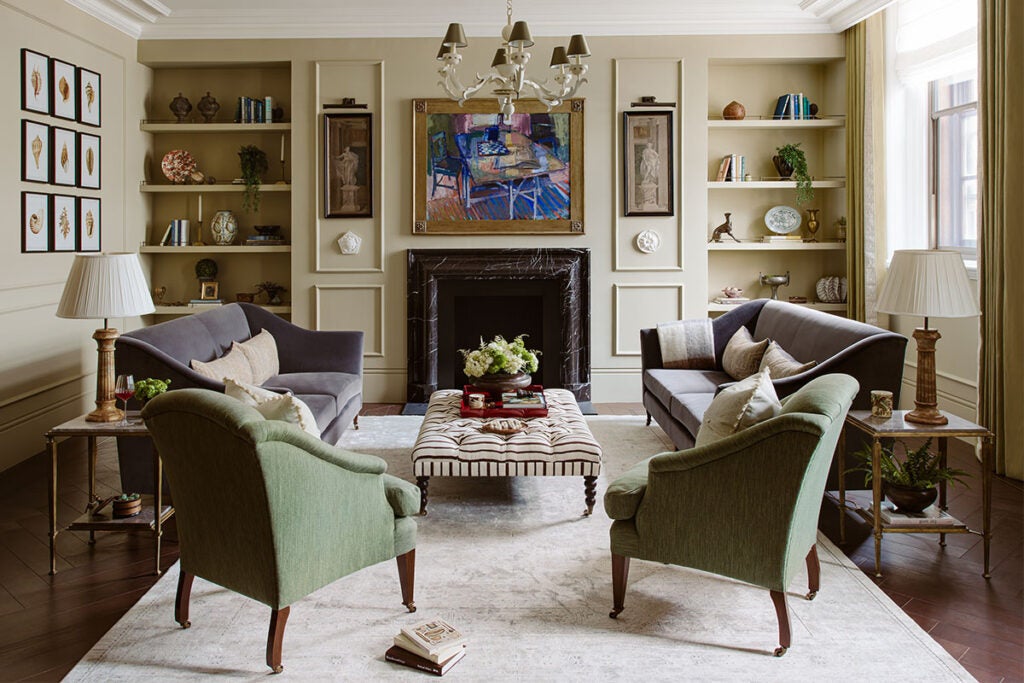
Flexibility is key
We have observed a certain shift towards younger clients who are often looking to put their stamp on their first family home. Their needs will often differ in terms of design preferences and lifestyle choices, as they increasingly look to create homes that allow for working and particular hobbies as well as entertaining and day to day living. There is also often a prioritisation for modern amenities, technological integration, and personalised spaces that reflect their individuality and contemporary lifestyles.
[See also: The 7 best branded residences in the world]
We are also noticing an increasing demand for homes that cater to multi-generational living. Often, we see younger clients looking for a home that accommodates living alongside older generations within the family or rooms that can evolve over time as family members’ needs change. This trend emphasises the need for adaptable spaces that provide comfort and functionality for diverse age groups within the same household.
Another trend we have seen is the continued growth in popularity of luxury branded residence living, offering owners privacy as well as exclusive access to world-class amenities ranging from dining, entertainment and wellness to concierge and security all from the comfort of your own home.
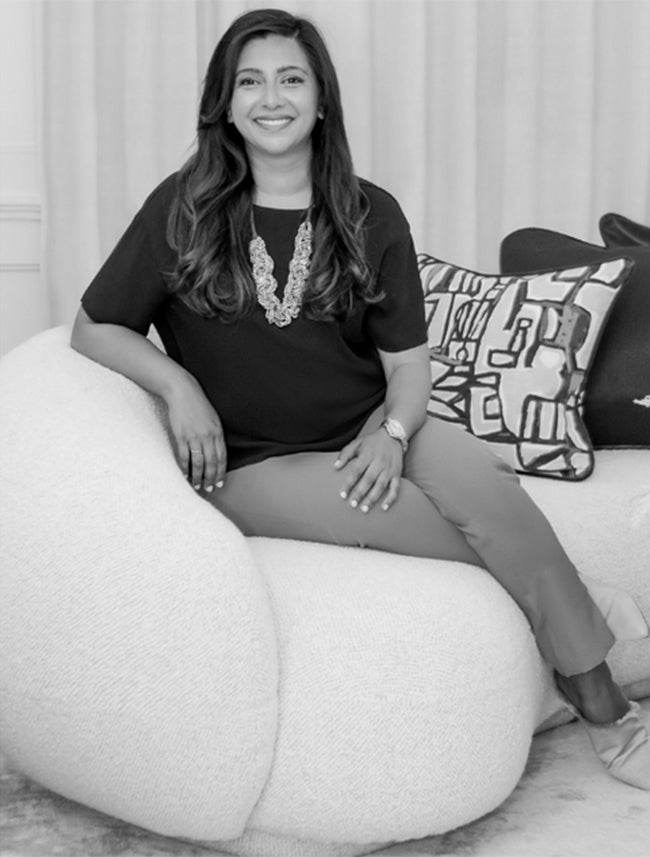
Quiet luxury
Interestingly, while there is a noticeable shift among some clients towards a more pared-back aesthetic, this hasn’t translated into a significant change in average spending patterns. The pursuit of luxury results remains a steadfast desire among our clientele. What sets this trend apart is a growing emphasis on individually crafted pieces, often sourced locally from skilled makers and craftspeople.
We also find ourselves in an era where clients value the unique touch that comes with bespoke creations. The appeal lies in the authenticity of locally sourced items that offer a direct connection to the skilled artisans behind them. This shift underscores a noticeable move towards a more personalised and meaningful approach to design.
While budget is always a consideration, our clients’ primary motivations continue to revolve around key drivers such as quality, the creation of bespoke and tailored interiors, longevity, a sense of ‘liveability,’ and a compelling design narrative. Collectively, these elements contribute to enduring and elegant interiors.
Lyne Arbid, director of interior design at Studio Indigo
Studio Indigo is a collective of dynamic architects and talented interior designers, technicians and project managers with a multi-disciplinary approach and all under one roof. Arbid, the company’s director of interior design notes a shift away from ‘ostentatious’ interiors and a rise in the number of discerning clients.
Read the full profile at Spears500.com
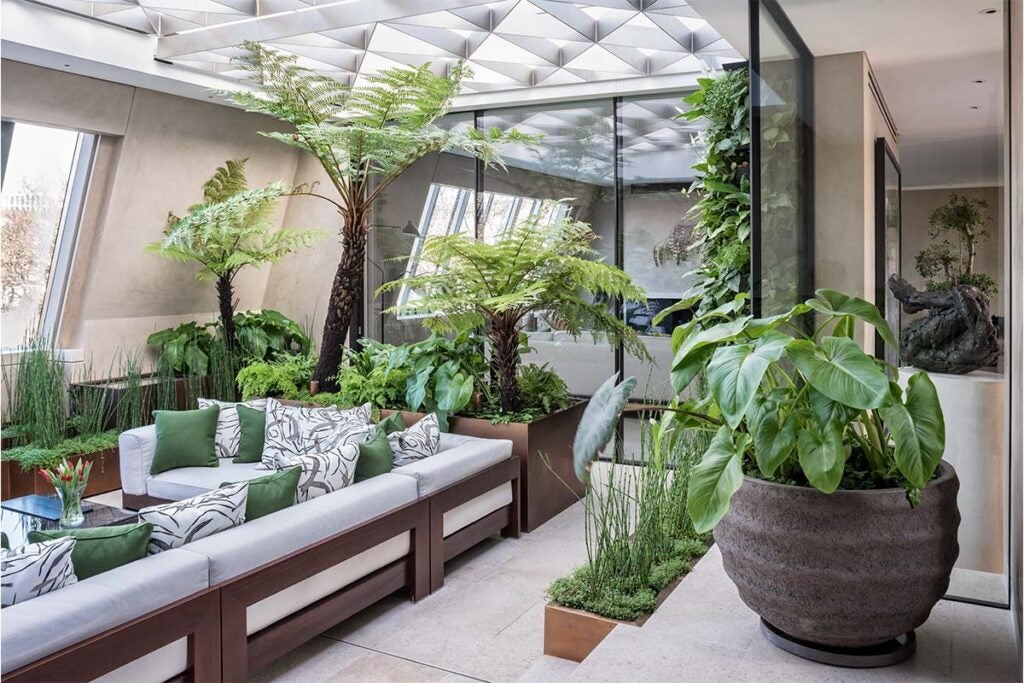
Out with ostentatious interiors: how interior design trends have changed in the last decade
Out with ostentatious interiors: we have certainly seen a shift in how our clients like to demonstrate their wealth, from ostentatious and opulent to now a more paired back design approach. It’s much more about quality of design and craftsmanship that reflects a quiet, understated luxury. We’ve seen this specifically in superyacht interiors where warm, tactile, and natural materials are being used more and more.
[See also: Driven by design: how car galleries have become the new motoring status symbol]
Goodbye to over-complicated smart homes: 10 years ago, the novelty of smart homes resulted in complex technology systems being integrated. Although technology is integral, we are now seeing a shift from overtly complicated systems to simpler home automation technologies that can be easily managed.
A shift away from open-plan living: from compartmentalising spaces to open-living, we are now seeing a hybrid between the two, where we can easily close spaces to create intimacy whilst never loosing a sense of spaciousness when needed.
Millennials and Gen-Z want ease and flexible living
The work culture of Millennials and Gen-Z is very different and therefore they often seek more innovative designs with smart technology integrates that gives them the flexibility to work comfortably from anywhere within their homes (or yachts).
These generations also value unique experiences over materialism and seek connectivity. Their desire to host gatherings extends beyond friends to include various generations of family members, influencing the design of spaces geared towards socialising and informal entertainment areas.
Younger generations also value convenience and their time resulting in a need for homes that have already been designed and can quickly move in whilst also being able to put their own stamp on it. the growth in branded residences could be a direct result of this.


